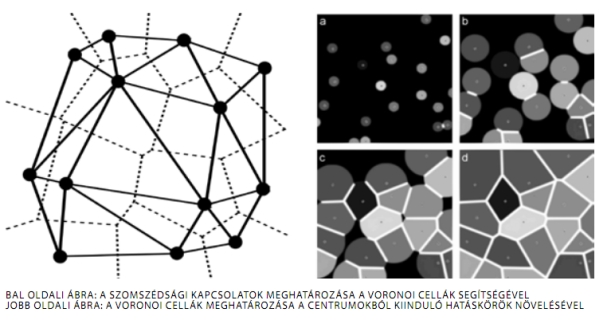About Regions, Free of Politics, Through the Eyes of a Physicist
Mathematical Research of Neighborhood Structures
Text: Gabriell Máté, Katinka Bakos, Zoltán Néda

It is quite a popular trend nowadays to hierarchically subdivide or regionalize geographical areas. Actually, official borders of states all over Europe tend to lose their significance and absolute roles as we start thinking more and more in terms of regions. As there are no exact mathematical definitions for them, it is not quite obvious how we should define and mark out regions. However, everyone agrees that towns and villages within the regions are closely associated with each other as a result of features or interests they have in common, based on which they create a unity that can be well defined geographically. The designation of the individual regions is influenced by political considerations, such as the frontiers between countries, or units of administration (counties, provinces, regions), but economic and cultural values may also contribute to it. Approaching the issue from mathematics and physics, it is also an interesting task to try and work out an optimal spatial subdivision in an objective way without freely changeable parametres exclusively based on the spatial connections, dimensions and interrelations between the villages and towns.




